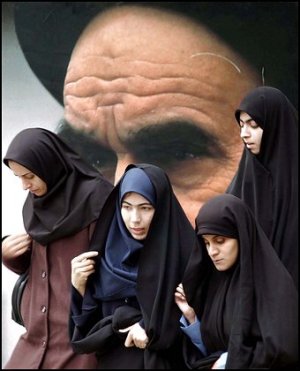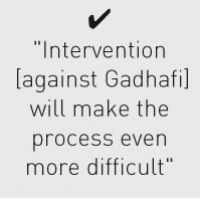Published: march 06, 2010; Intelligence and Terrorism Information Center.
In the past week, Iranian media reported on several new initiatives designed to reinforce gender segregation in Iranian society. A senior Ministry of Science official announced last week that his ministry was looking into a plan to establish single-gender universities (for women or men only) across Iran. He said that his ministry had so far received requests for licenses for two such universities in Tehran and two universities in other provinces. He noted that the Supreme Council of Cultural Revolution had already approved the establishment of two women’s universities in Tehran and that the Ministry of Science was examining requests to establish such universities elsewhere (Alef, February 28).
The debate on gender segregation in Iran’s universities has resumed in the last several months. Last November, two senior officials spoke in favor of gender segregation: the Supreme Leader’s deputy representative on research in universities and the Supreme Leader’s representative in Khaje Nasir Toosi University.
Reformist elements, on the other hand, criticized the proposal, claiming that it was both impossible and undesirable to separate men and women everywhere. It should be noted that over 60 percent of Iran’s entire student population are women. In recent years the Majles has discussed a bill to impose quotas for women admitted to some university faculties to maintain a balanced ratio between men and women.
At the same time, Energy Minister Majid Namjou announced this week that women employed at the Energy Ministry would soon be working from home. Speaking at a meeting of the Energy Ministry advisors on women’s affairs, the minister said that his ministry had taken a number of steps to allow women to work from home and improve their work conditions (Khabar Online, February 27).
Zahra Sharafadin, a member of the center for women’s affairs in the president’s office, also spoke in favor of women staying at home. She said that the number of women in management positions was not an indicator of Iran’s level of progress, and that measuring the success of a society by the presence of women in management positions was a Western concept.
She further noted that the housewife should be presented as a role model and women should be encouraged to take a major part in running the house and the family. Non-observance of modesty, extra-marital men-women relations, and obscene messages sent by women to their male co-workers are the main contributing factors to the increase of divorce rate in Iranian society, Sharafadin said (Mehr, March 2).
In recent years, conservative circles in Iran have called to reinforce gender segregation in public places, including hospitals, public parks, public transportation, and education institutions.



 RSS
RSS












New Initiative in Iran to Reinforce Gender Segregation #iran #freeiran #iranelections #shiism http://j.mp/cQ1YEY
New Initiative in Iran to Reinforce Gender Segregation #iran #freeiran #iranelections #shiism http://j.mp/cQ1YEY
RT @CrethiPlethi: New Initiative in Iran to Reinforce Gender Segregation #iran #freeiran #iranelections #shiism http://j.mp/cQ1YEY
[…] New Initiative in Iran to Reinforce Gender Segregation | Middle … […]
[…] pleased to read … 0 Response to Vocational Training on the Rise Gender Segregation Remains …New Initiative in Iran to Reinforce Gender Segregation …Middle East Affairs Information Center | Analysis and In depth information on Middle East Affairs, […]